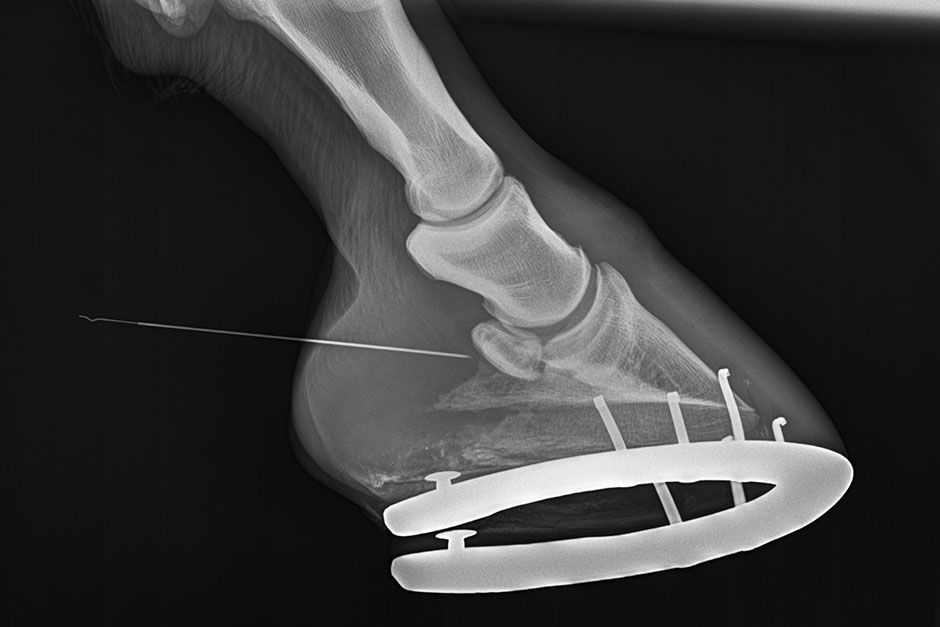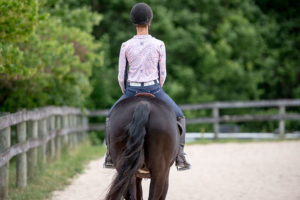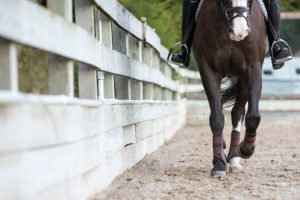After sustaining two soft tissue injuries to his foot, Dexter suffered from chronic inflammation that caused lameness flare ups. Unfortunately there aren’t many conventional treatments that directly target the ligaments in this area, so I called upon my vet to see what alternative options were available. He performed a lameness exam and reviewed Dexter’s lameness history (complete with notes on how previous treatments did or did not work) to reach a final suggested course of treatment: IRAP.
IRAP, which stands for Interleukin-1 Receptor Antagonist Protein, is an anti-inflammatory treatment that works by stimulating the horses’ own white blood cells to produce anti-inflammatory mediators and enzymes.
Why IRAP Was My Vet’s First Recommendation In Treating Inflammation And Lameness
- Low risk of reaction. Since the IRAP was derived from Dexter’s own blood, the risk of immunemediated reactions was greatly reduced.
- More effective anti-inflammatory. IRAP could provide Dexter with the same anti-inflammatory properties as intra-articular injections with steroids and/or hyaluronic acid, but without such adverse effects as further scarring to his tissue. Plus, if IRAP provides Dexter with enough relief, it can be given frequently whereas steroids should not be used on a regular basis.
- Used in synovial structures. We could treat both Dexter’s coffin joint and navicular bursa using the same treatment.
- Simple procedure. The process of harvesting Dexter’s IRAP was relatively uncomplicated and the injections could be given as an outpatient and on the farm. We did go to the clinic to have his navicular bursa injected since that has a greater risk for infection.
My IRAP Review
IRAP was relatively expensive in treating Dexter’s inflammation. The cost to draw, process and then inject IRAP was somewhere in the $1,500 to $2,000 range. Because of this, it’s not a therapy I can see myself doing every 6 months as recommended.
After each injection, Dexter had to be kept on 3 days of strict stall rest, followed by a period of hand-walking (30-45 minutes). This caused a great deal of stress for him–something I try hard to avoid since his diagnosis of EPM and treatment of ulcers. However, I did try my best to lower stress on his body by adding ulcer preventatives, probiotics and electrolytes to his daily feed.

In the end, the results spoke for themselves. I saw a huge improvement in Dexter’s lameness after 2 injections to his coffin joint. The amount of fluid that was present during his first injection was shocking, so to see that progressively decrease injection after injection was particularly exciting and encouraging. I only wish I had gone down this road sooner!




